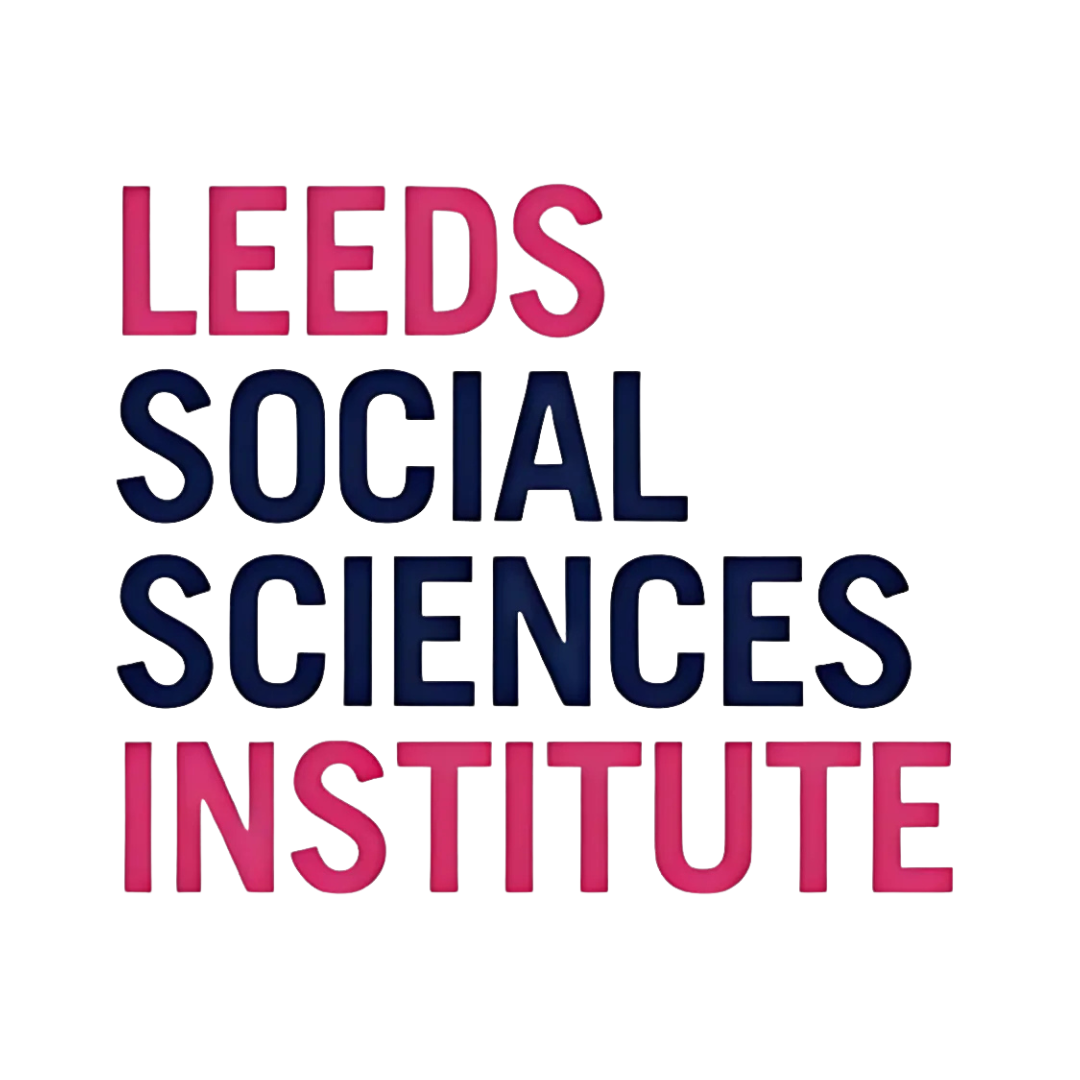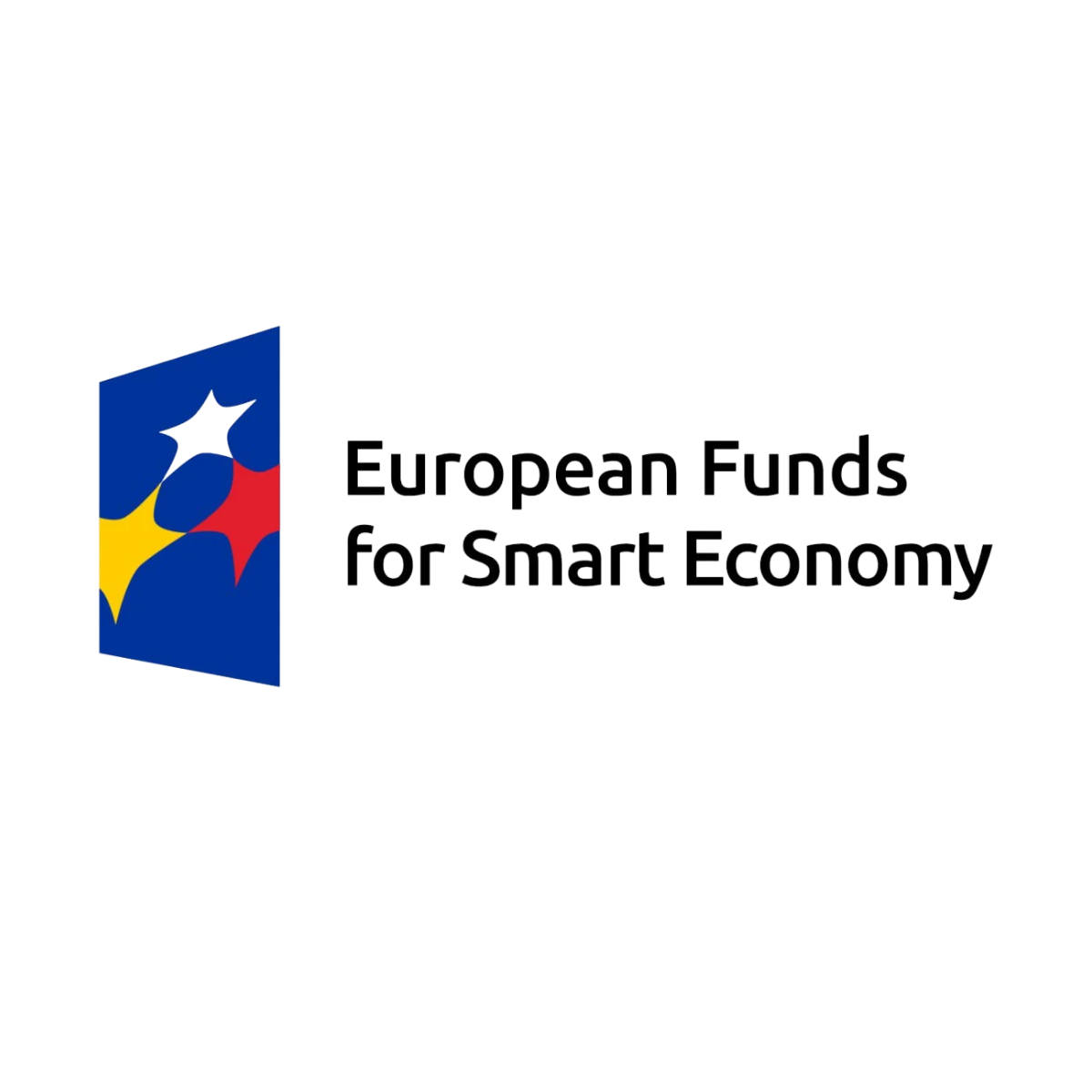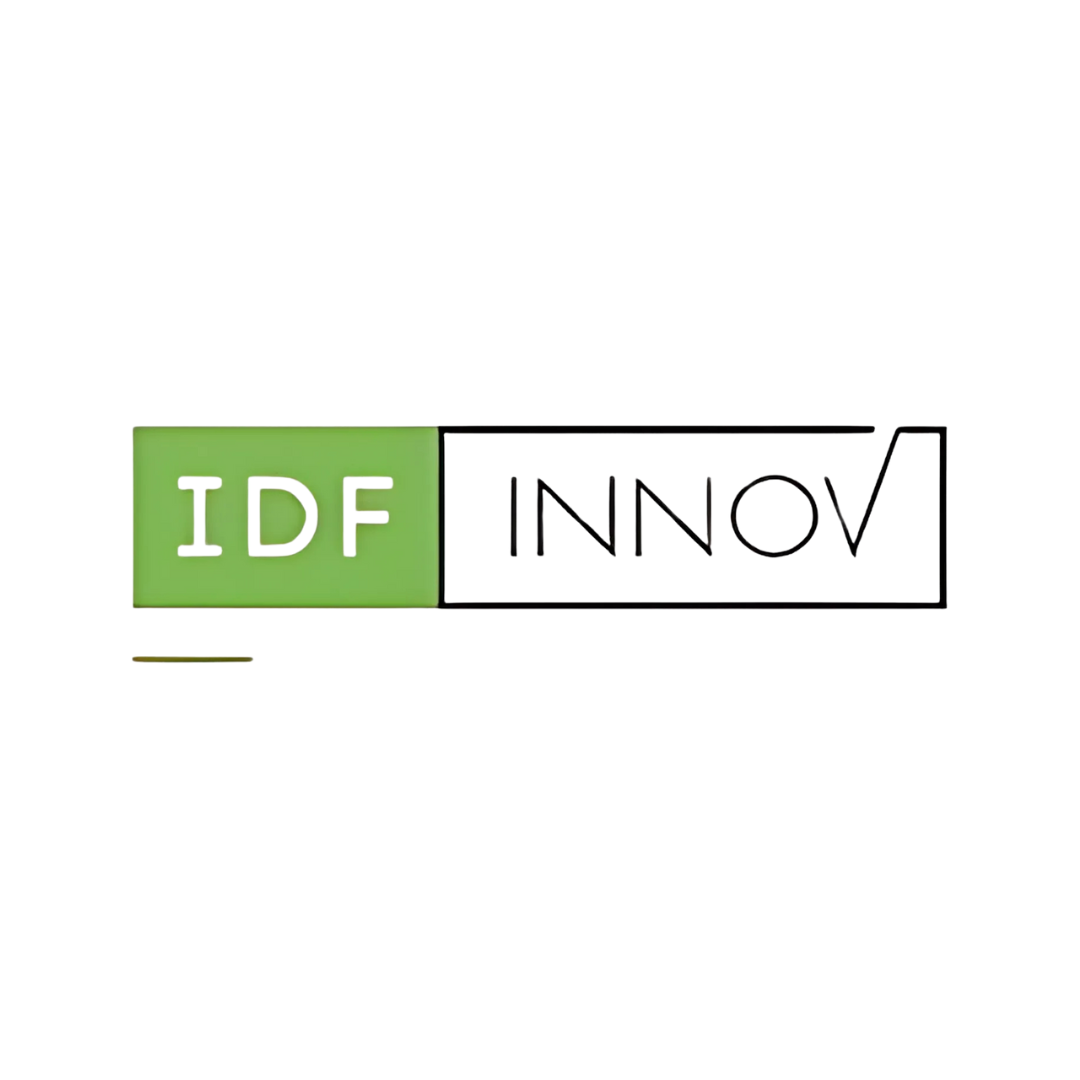
Published on May 9, 2019
Know your ecosystem – a guide for building entrepreneurship and innovation programmes
 Is an innovative ecosystem born, or can it be made? Can we predict whether an ecosystem has what it takes to be innovative? What are the essential elements: strong infrastructure? Funding bodies? A skilled workforce? Ecosystem Reviews can show where gaps and barriers to success lie and provide a road map for progress.
Is an innovative ecosystem born, or can it be made? Can we predict whether an ecosystem has what it takes to be innovative? What are the essential elements: strong infrastructure? Funding bodies? A skilled workforce? Ecosystem Reviews can show where gaps and barriers to success lie and provide a road map for progress.
Sometimes referred to as ‘sustainable development goals investing’ Impact investing is a $1.3tn market and is one of the fastest-growing sectors in asset management. The Financial Times outlines two characteristics that must be met for impact investing to fulfil its promise: ‘the products and services must have a direct and verifiable impact on the lives of the poor, and the companies must provide risk-adjusted market returns’.
Innovation – particularly innovation resulting from research – is a key driver for economic growth [1,2]. Governments in both developed and emerging economies have rushed to publish innovation and knowledge economy strategies aimed at boosting ecosystems and economies within the last two years [3,4,5].
But intent doesn’t always equal success. Generating measurable economic growth from intellectual assets requires patience, the right skills, funding, partners and infrastructure. New technology commercialisation offices can take 5-10 years to generate evidence of impact, and there is a “lack of robust evidence” on how technology accelerators generate impact, according to innovation policy experts, Nesta [6].
This article proposes one way in which governments and policy makers can improve their chances of successfully implementing new innovation and entrepreneurship programmes – by conducting an Innovation Ecosystem Review.
Not only do ecosystem reviews help design the most effective programme, tailored to the needs of the local conditions and economy, but they help understand how to design frameworks to measure the success of the programme over time.
What is an entrepreneurship and innovation (E&I) ecosystem?
“E&I ecosystems are] dynamic, purposive communities with complex, interlocking relationships built on collaboration, trust, and co-creation of value and specialising in exploitation of a shared set of complementary technologies or competencies” – WIPO (2018)
Strong E&I ecosystems translate knowledge into increased value. By their very nature, they are adaptable, robust and are tolerant of disruption.
Factors contributing to a strong ecosystem include: access to industry and markets, supportive government policy and legislation, availability of funding and finance, education and training, university research, innovation support programmes, and entrepreneurial culture (Table 1 below) [7-10].

Innovation by design
When designing a new innovation programme, it is important to identify which elements of the ecosystem are already in place and where there are gaps. By conducting an ‘ecosystem gap analysis’, you can better understand how the profile of your E&I ecosystem might influence the success – and shape – of your new programme.
It is not merely the presence of strong infrastructure that influences the success of the E&I programme. It is also worth laying out a strategy for identifying, gaining buy-in from and motivating key stakeholders and increasing awareness of the cultural, legal, and other factors that might create barriers to success.
For example, within universities, academics’ motivators include gaining exposure to new communities, seeing their research in a clinical or practical setting, and the monetary awards from participating in commercialisation activities.
For academics, barriers to participation in innovation often include a lack of clarity about commercialisation outcomes and understanding of how participants will be rewarded for undertaking them.
By unpacking the specific motivators and barriers of participants and stakeholders in a local ecosystem, innovation policy makers and programme managers can identify strengths, motivations, risks and opportunities which can be addressed when creating any new programme. Table 2 below shows some examples of motivators and barriers from an E&I ecosystem review conducted by Oxentia.

What does an E&I ecosystem review consist of?
An E&I ecosystem review provides a snapshot of the inner workings of an innovation and entrepreneurship ecosystem, and an understanding of where your programme could have impact.
During 15 years of consultancy with innovative ecosystems globally, Oxentia consultants have found that reviews are most successful when they include the following:
1) Targeted stakeholder consultation
2) User interviews
3) Desk -based research and/or literature review
4) Programme design or an operational plan
Information gathered during the targeted stakeholder consultation provides essential clues about the barriers and motivators to innovation within the region. The team can tease out gaps in existing support and identify where resources will be deployed with most success.
As theories and strategies are formed, these hypotheses should be tested during the interviews with key users. The resulting conclusions can be confirmed and backed up with desk-based research. The findings can be consolidated into a standalone report and used to guide the development plans for the new innovation programme (see Case Study below).

How can an innovation ecosystem review help you?
So, what do you do with the information gathered from an E&I ecosystem review? Ultimately, the ecosystem review should lead to the development of the operational plan and offerings of the proposed innovation programme. It also provides intelligence on what elements of the ecosystem require further development, and how to engage the stakeholders in the ecosystem “community”.
Whilst some things – like regional strategies and policies – can be more difficult to change, findings from the review can be used to set expectations amongst key decision makers about what the new programme can achieve and why, helping to design the correct indicators to measure success. The E&I ecosystem review will ensure that the new innovation programme draws on the existing resources and strengths of the ecosystem while at the same time filling in the gaps and building up the weaknesses.
Tailoring an E&I programme to the needs of the local ecosystem is vital to the success of the programme, there is no such thing as the optimum model, just the optimum model for your ecosystem.
Have you started a new E&I programme recently? How did you assess what your ecosystem needed? What motivations and barriers did you discover? Let me know in the comments or get in touch via LinkedIn0.
What are your thoughts? Head over to LinkedIn to join in with the discussion
Sources:
[1] NIST (2012), “Innovation as a key driver of economic growth and competitiveness”, https://www.nist.gov/speech-testimony/innovation-key-driver-economic-growth-competitiveness
[2] Gruss, P. “Basic research is the key driver of innovation”, https://www.mpg.de/799746/W000_Viewpoint_006-009.pdf
[3] Australian Government Department of Industry, Innovation and Science (2017), “Australia 2030: Prosperity through innovation”, https://www.industry.gov.au/data-and-publications/australia-2030-prosperity-through-innovation
[4] Middle East Insurance Review (2018), http://www.meinsurancereview.com/News/View-NewsLetter-Article?id=43344&Type=MiddleEast
[5] Department of Trade and Industry Philippines (2018), http://industry.gov.ph/wp-content/uploads/2017/11/DTI-Policy-Brief-2017-05-Philippine-Inclusive-Innovation-Industrial-Strategy.pdf
[6] NESTA (2018), “Assessing the impact of accelerators: What can you learn from academia and think tanks?”
[7] Mason, C and Brown, R (2014). Entrepreneurial Ecosystems and Growth Oriented Entrepreneurship, OECD LEED Programme. https://www.oecd.org/cfe/leed/Entrepreneurial-ecosystems.pdf
[8] Ricardo J. Rabelo and Bernub (2015) A Holistic Model of Building Innovation Ecosystem. 15th IFAC Symposium on Information Control Problems in Manufacturing, Volume 48, Issue 3, 2015, Pages 2250-2257. https://doi.org/10.1016/j.ifacol.2015.06.423
[9] Durst S., Poutanen P., (2013), “Success factors of innovation ecosystems – initial insights from a literature review”. https://www.researchgate.net/publication/321278484_Success_factors_of_innovation_ecosystems-Initial_insights_from_a_literature_review
[10] Gobble M., (2015), “Charting the Innovation Ecosystem”, https://www.tandfonline.com/doi/abs/10.5437/08956308X5704005





































